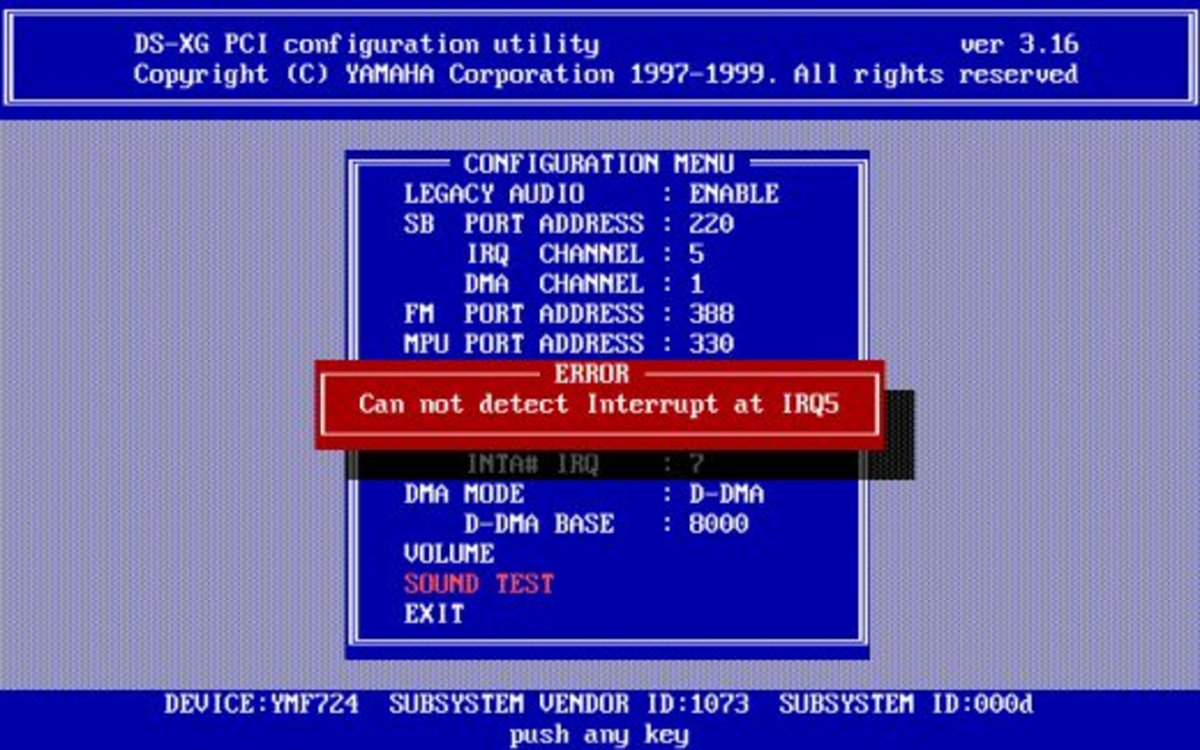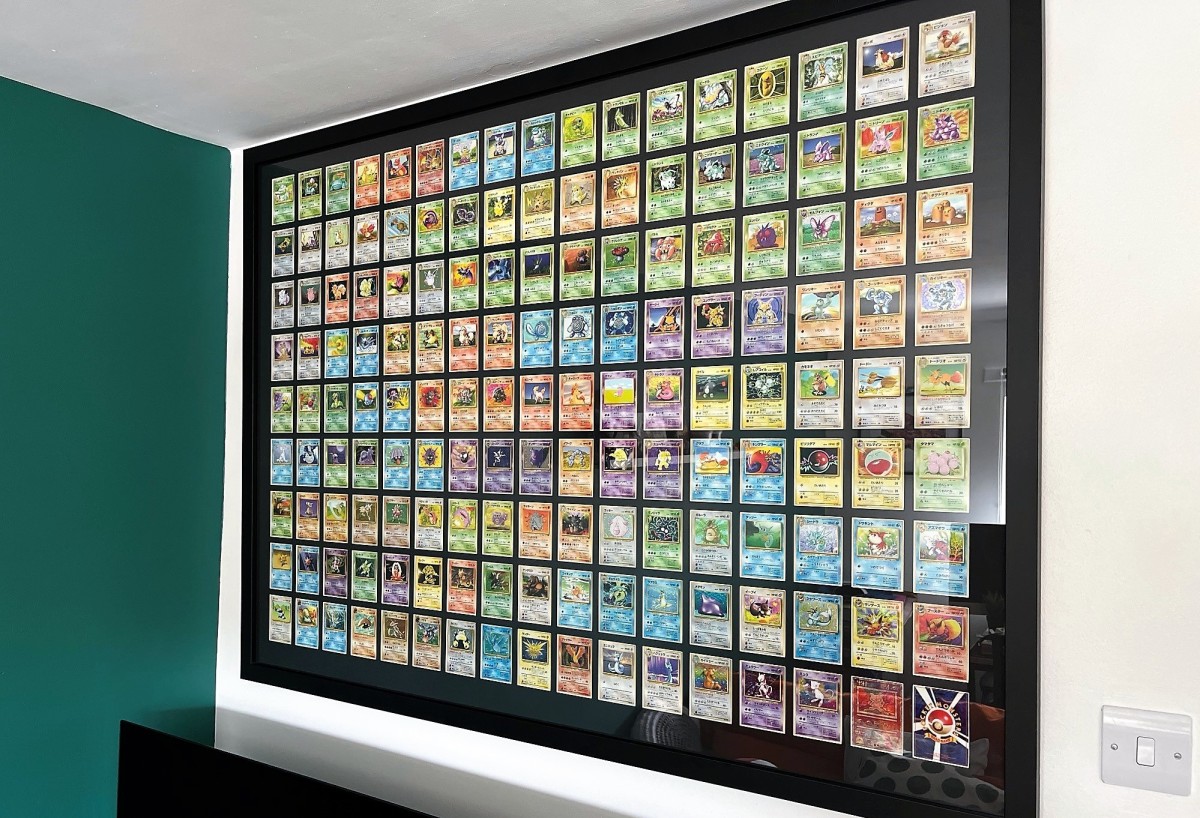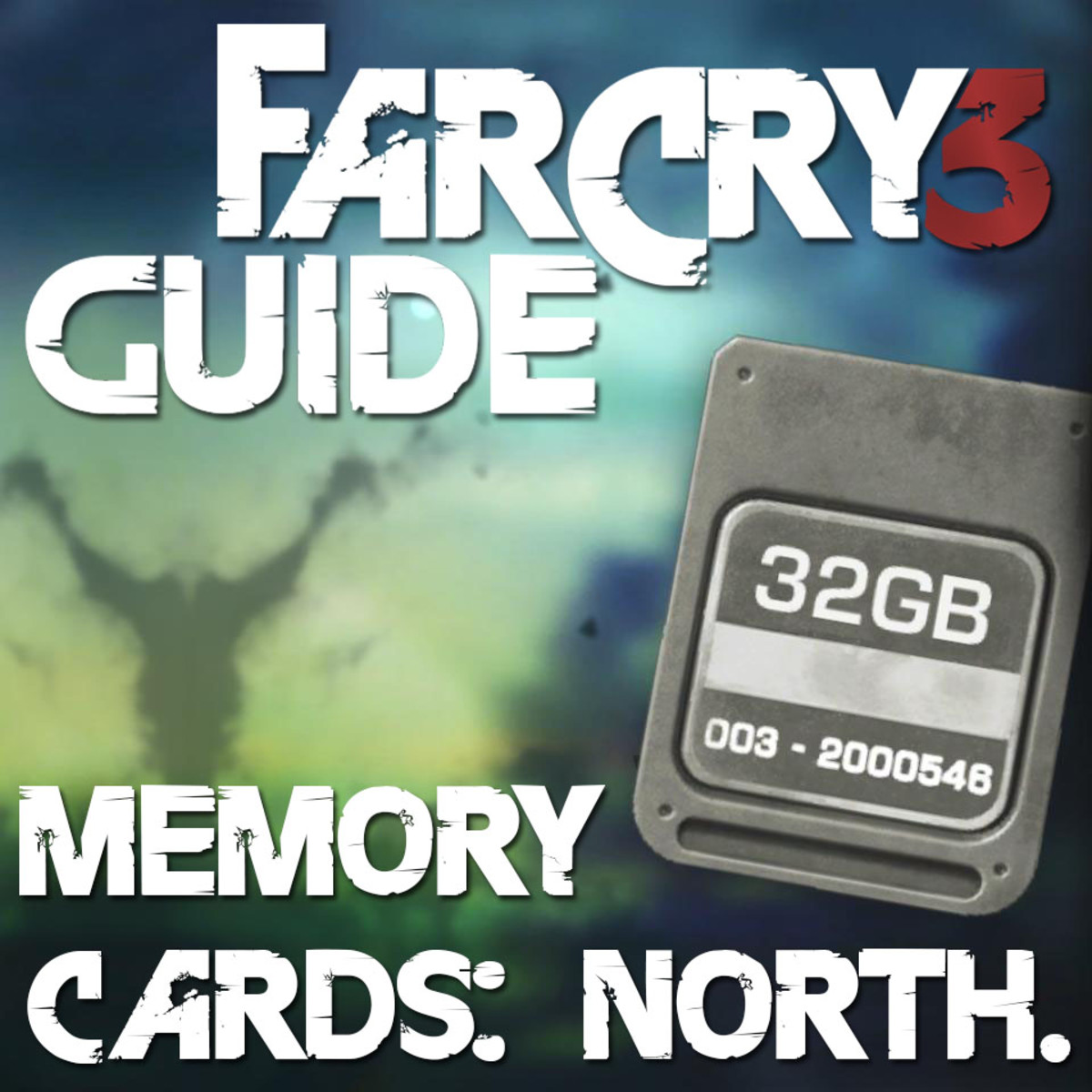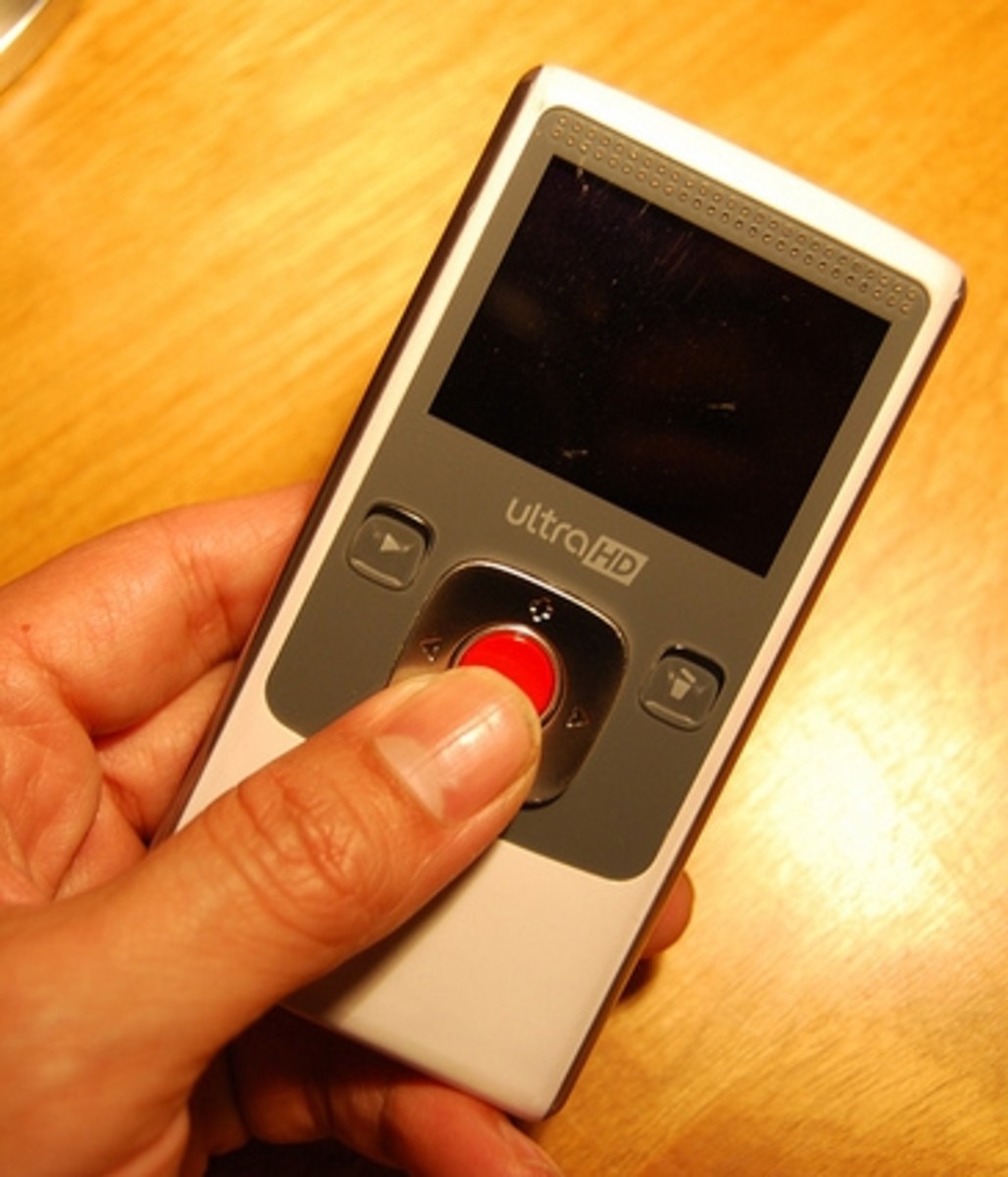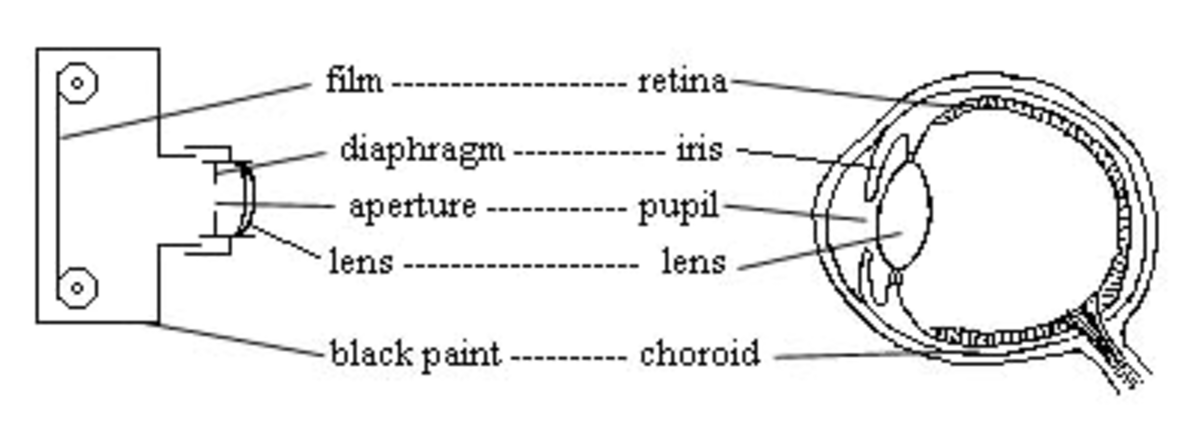- HubPages»
- Technology»
- Consumer Electronics & Personal Gadgets»
- Portable Electronics
Memory Card Buying Guide | Buy Online Up to 60% Off
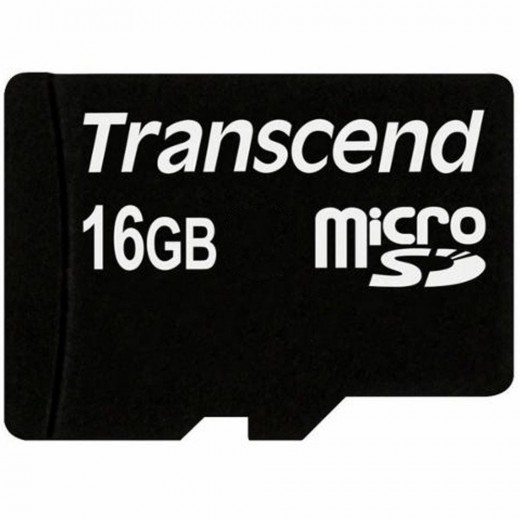
What's this about?
In this article you can read about the different types of SD cards, how to choose the best memory card for digital cameras or smartphones. Also you can buy online the memory card of your choice (up to 60% off)
How it all started?
"SD" means for "Secure Digital" and refers to a card format invented by Panasonic, but was developed by Toshiba and SanDisk Corporation in 2000. This union created the SD Card Association with the goal of establishing standards for these memory cards to use better in portable devices.
SD cards began to reach the public in 2001 specifically used in digital cameras, smartphones, laptops, consoles, PDA and others. The combination of small size (32 x 24 x 2.1 mm) with good storage capacity became a practical way to store documents.
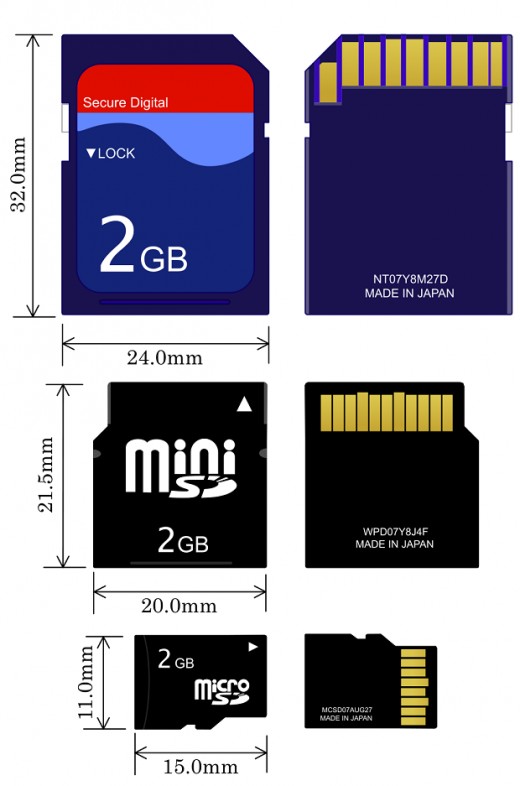
32 GB Class 10 SDHC
Types of SD cards
Standard MicroSD
It has a capacity of 128 MB to 2 GB and works with any card reader. The storage capacity is minimal at the moment, perhaps for this reason the use of this card is decreasing with time. Standard MicroSD will be discontinued in the near future.
SDHC Card
The "HC" added to the name refers to "High Capacity". Its size allows us the transfer of large files. Its capacity range varies from 4 GB to 64 GB. This type of card are the most common today. The only downside is that they are not compatible with older SD readers as those launched before 2008.
SDXC Card
"XC" in this case refers to "Extended Capacity”. This type of cards offers the greatest storage capacity ranging from 64 GB to 2 TB. These cards are compatible with SD, SDHC and SDXC devices.
The microSDHC cards are leading in portable devices (mobile phones, smartphones, PDAs, GPS, video games, USB flash memory drives and other) market due to its ultra-compact size and supports any standard SD interface, by means of adapters. The microSDHC cards are ideal for storing large media files such as music, videos and high resolution images. With the increasing development of products that deal with these types of media, micro SDHC is extremely useful.
16 GB Class 10 High Speed Card
How to use SD card?
It's very simple. You only need to insert the card into the slot of your specific device and wait for the device to recognize the accessory. It is advisable to insert and remove the card with the device switched off. Never try to force the card slot, because there is always a way to insert it smoothly.
How to Choose the Right Memoy Card?
When choosing a memory card, you have to keep in mind 3 things
- Storage Capacity
- Speed Class
- Brand
Storage capacity can be selected to your own needs. For normal use in smartphones, 16 GB will be enough. For cameras, to shoot full HD videos, you may need more than that.
As for the Brand, it is not one of the most important factors, but try to remain among the most reliable (ScanDisk, Kingston, PNY, Sony ...). Try to avoid low-end cards, because they are not reliable and you may end up losing your data.
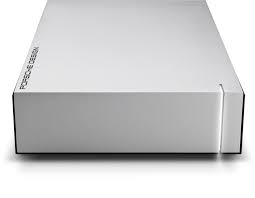
See Also
- Master List of Top 15 Best Portable Hard Disks for Mac & PC from Cheap to High End
Searching for the best portable hard drive? Here is the list of best 15 hard drives compared with specs and key features. Choose the best of everything... - 12 Best Desktop Hard Drives Reviews and Comparison from Cheap to High End
List of 12 best external hard drives with specifications, review and comparison to make the choice easy for you. Buying options at a discount up to 50%. Our top rated desktop hard disk is... - 10 Best SSDs from Cheap to High End Reviewed and Compared April 2014
Looking for cheap and best ssd? Top 10 solid state drives compared with specifications, pros and cons. Buy ssds online at huge discount...
32gb Class 10 Uhs-1 Sdhc
The Speed Class
What is Speed Class?
The SD Association has established a new specification for minimum speed of data transfer. known as Speed Class, both conventional SD cards and HC cards(High Capacity) now have their speed measured by this system. With the Speed Class, the cards can have three minimum transfer speeds: 2, 4 and 6 MB per second.
When the device is transferring data to the SD card, it can see the fragmented partition of the card and thus determine the optimal speed for each.
Write Speed for Digital Cameras
This is one of the important factors which consumers pay less attention, but if you want to make the most out of your card, it is extremely important to know the speed class. There are five standards for speed and each relates to optimal use.
Class 2: Reaches speed of 2 Mb / s and is ideal for video recording in standard definition. If the final image quality is not a problem for you, this cheaper solution can meet your needs.
Class 4: Reaches minimum speed of 4 Mb / s and is the most suitable model for video recording in HD (720p resolution).
Class 6: Reaches the minimum speed of 6 Mb / s and is also suitable for recording HD videos. The real gain in relation to Class 4 is small, but in practice the version ensures a little more safety for the user.
Class 10: Reaches a minimum speed of 10 Mb / s, the most appropriate format for videos in Full HD (1080p).
UHS Speed Class 1: Reaches a minimum speed of 10 Mb / s, but its use is more limited. Ideal for those who want to record full-length videos or want to do real-time transmissions.
Copyright Protection
Content Protection for Recordable Media (CPRM) is the technology used in the content protection of SD cards. CPRM ensures a high level of protection against illegal copies. The internal circuitry of the SD card only allow reading the data (in the case of protection) when appropriate external devices are detected. This technology was developed by the 4C Entity, LLC (an entity formed by IBM , Intel , Panasonic , and Toshiba) which holds together right on the CPRM technology.
The Others
Compact Flash (CF)
Subdivided into type 1 and type 2, CompactFlash are manufactured by SanDisk and can store up to 256 GB of content. You can identify the difference between them by size: Type 1 is thinner (3.3 mm thick). Type 2 has a thickness of 5 mm and because of that, is not compatible with the type 1 slots.
Recording Speed: This is another factor you should consider. "1x" equal to 150 Kb/s. Thus, you can find models with "2x", "4x" 8x ", and so on. The higher the number, the higher the recording speed, and hence better the final quality.
Memory Stick
The market of memory cards also has other types, some unique to specific manufacturers. Sony, for example, uses the Memory Stick format on many of its products.
To make things easier, you should keep an eye on two basic classifications: when you read in a card the term "PRO", it is a card with a larger amount of storage. But when you read the term "Duo", it is a card with smaller size.
See Also
- How to Buy an External Hard Drive | Factors to Consider When Choosing External Hard Disks
Here we discuss about all the things you need to know when buying an external hard disk. What will be your prime concern while choosing hard disk? Portability, capacity, speed... - List of 7 Best Rugged External Hard Drives You Can Buy Right Now
So you want to buy a portable hard drive. Not just any hard drive but a rugged one. Buying a rugged hard disk ensure your data is safe no matter what. Here is the list of top 7 rugged hard drives... - Top 5 Cheap and Best Ultra Slim USB 3.0 Portable Hard Drives You Can Buy Right Now
Shop for the best ultra slim external hard disks with USB 3.0. Find out the specifications, pros and cons of each. Our gold winner in the list is...
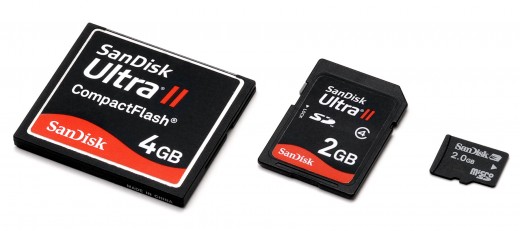
But Watch Out..
For Smartphones
In short, choose an SDHC or SDXC card storage capacity from 16 or 32 GB, will depend on your need. If you want one of the largest capacities and opt for a SDXC, make sure your smartphone is compatible with this format.
For Digital Cameras
Before you choose the card with more space and higher write speed, you need to keep an eye on the equipment that you intend to put the card. Sometimes, the device may not be compatible with the upper class memory cards. Because of this, pay attention to the manufacturer's instructions.






